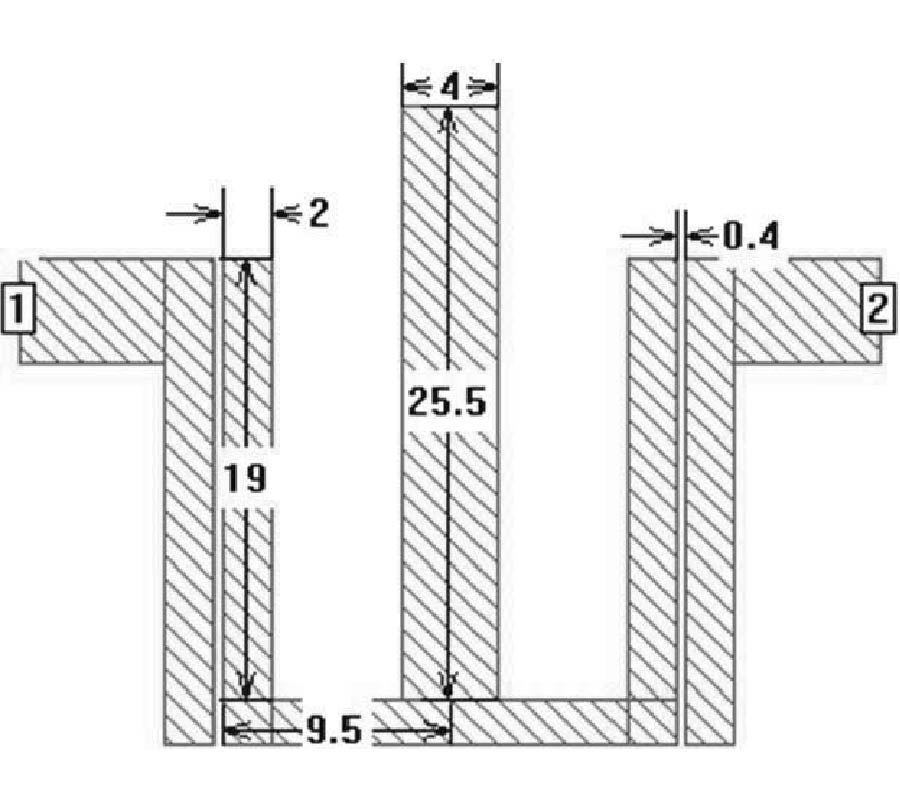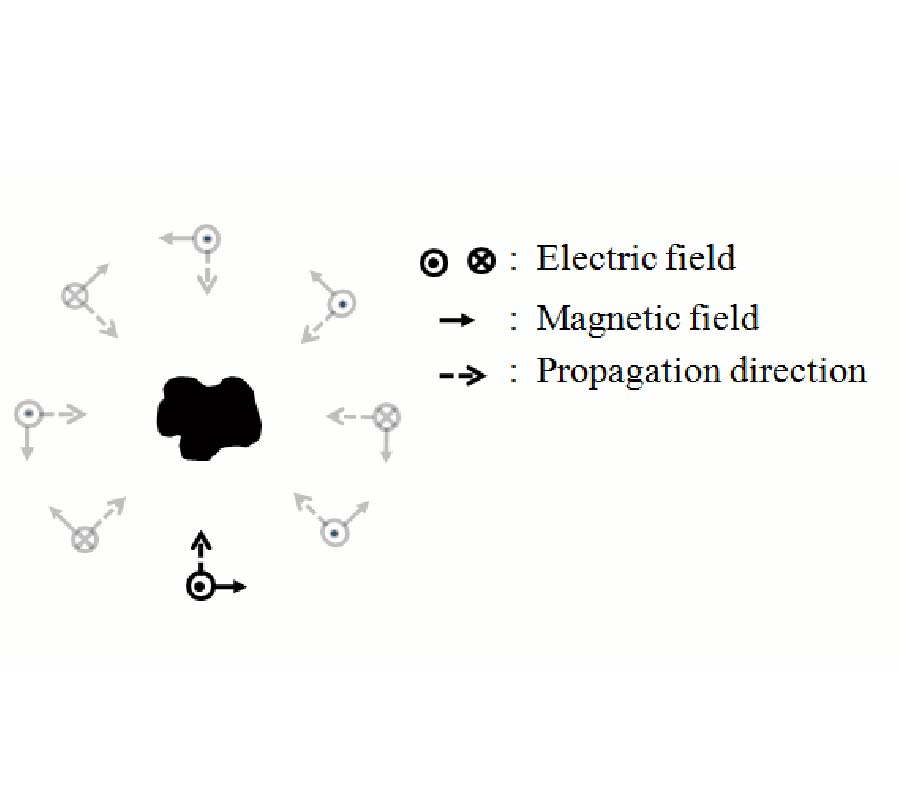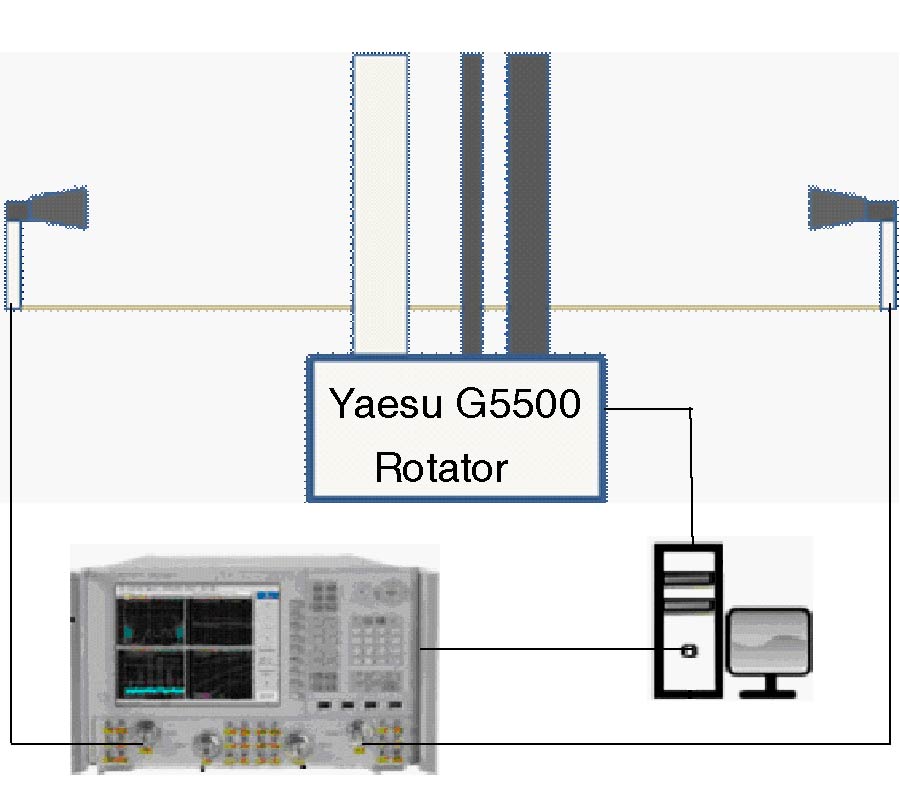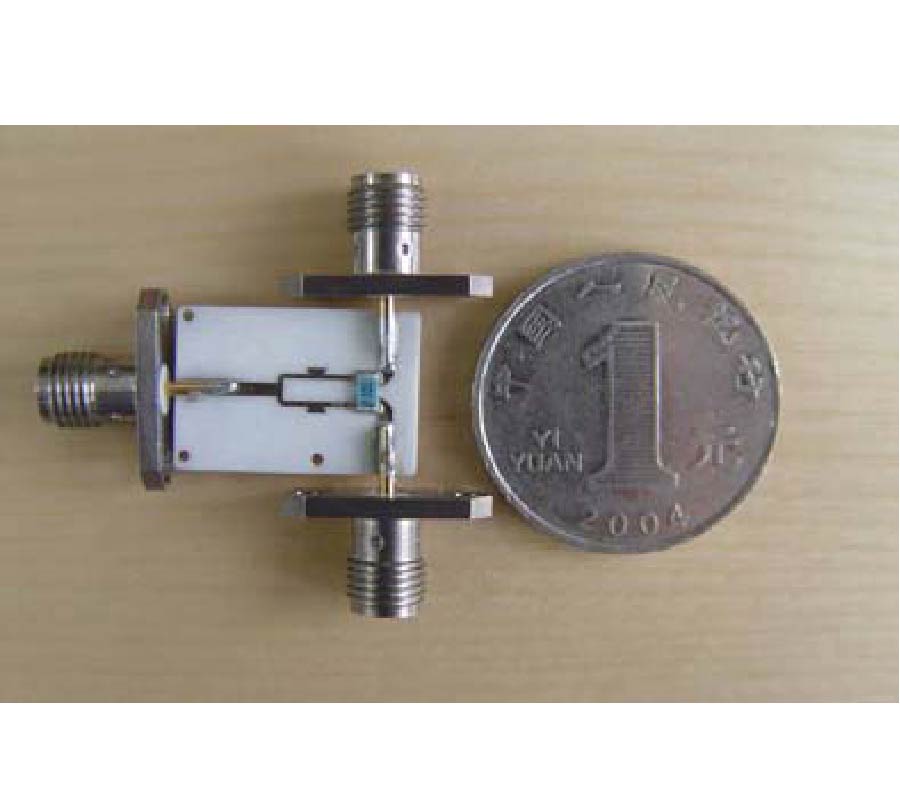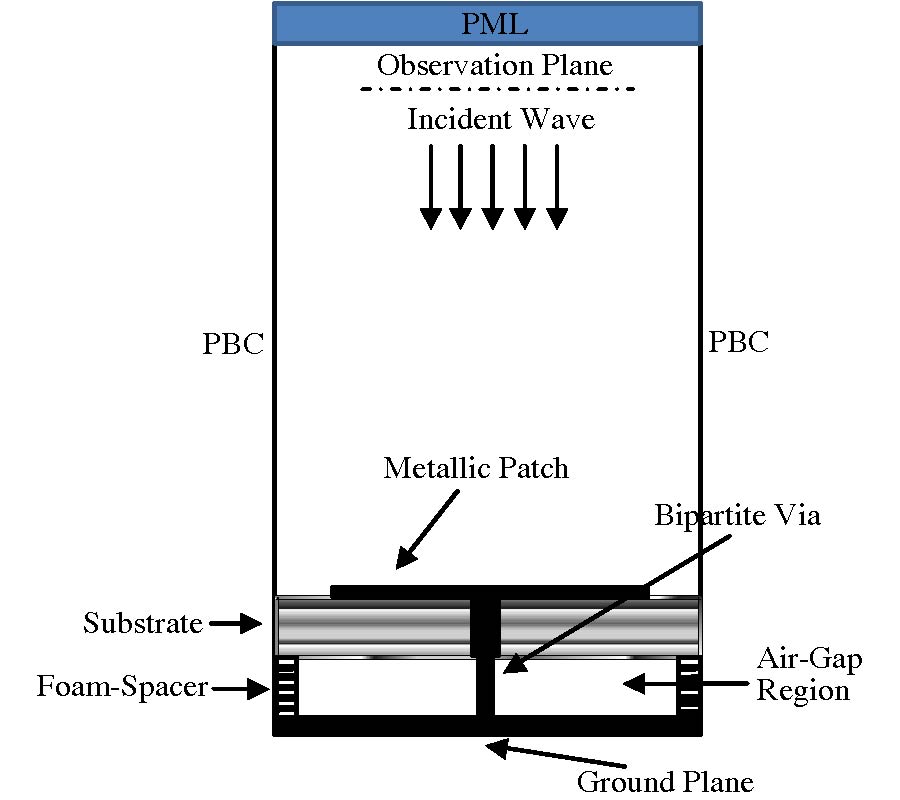Dual Band-Notched Ultra-Wideband Planar Monopole Antenna with m- and W-Slots
Jian-Qing Sun,
Xiao-Miao Zhang,
Ya-Bing Yang,
Rui Guan and
Li Jin
A compact ultra-wideband microstrip-fed planar monopole antenna with dual band-notch characteristic is presented. Dual notched frequency bands are achieved by embedding an M-slot in the radiating patch and a W-slot in the ground beneath the feeding line. And the characteristics of the dual band-notched can be controlled by adjusting the length and position of the corresponding slot. Experimental results show that the proposed antenna, with compact size of, has an impedance bandwidth of 2.75~11.30 GHz for VSWR less than 2.0, except two notched bands of 3.25~4.20 GHz and 5.23~6.10 GHz. Moreover, this antenna exhibits good omnidirectional radiation patterns in the H-plane, stable antenna gains over the operation band, and perfect group delay in the time-domain.
